South Korea has earned immense recognition in recent years for being the home of K-pop, K-dramas, K-beauty, and tech powerhouses. But this East Asian tiger is much more than just the mentioned trends; it also has delicious cuisine, which is a real treat for foodies. Korean cuisine is steadily overtaking other popular cuisines like Chinese, Japanese, Thai, Mexican, and others in popularity throughout the world.
As a result of its extensive representation in several K-dramas and films, Korean grocers and restaurants are now popping up all over the metro, contributing to the cuisine's current dominance of the world. Korean cuisine is currently among the ten most popular worldwide, but it ranks even higher in terms of its nutritional and health benefits.
1. Tteokbokki
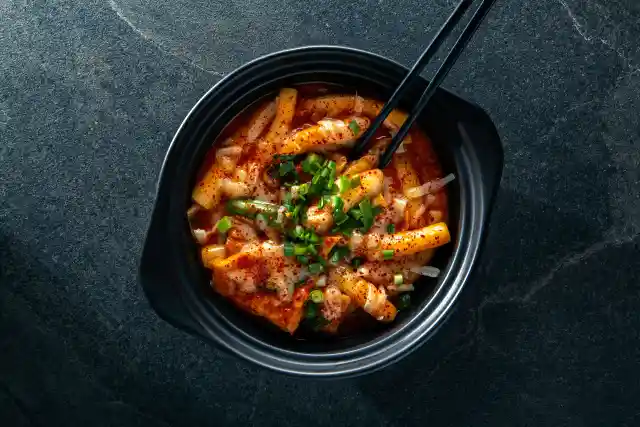

Tteokbokki, an absolute favorite of our K-drama characters, is a delicacy that fills both your stomach and your spirit. Tteok (rice cakes) is used to make the dish tteokbokki. Along with a mouthwatering stew, these rice cakes are cooked. They are extremely stringy and chewy, seasoned with a hot sauce, and sold both in restaurants and on the street. They are hard to resist because people are so curious about them, yet they are so hot. It frequently goes with Eomuk (Fish Cakes). It is one of South Korea's most well-liked street foods.
2. Gimbap
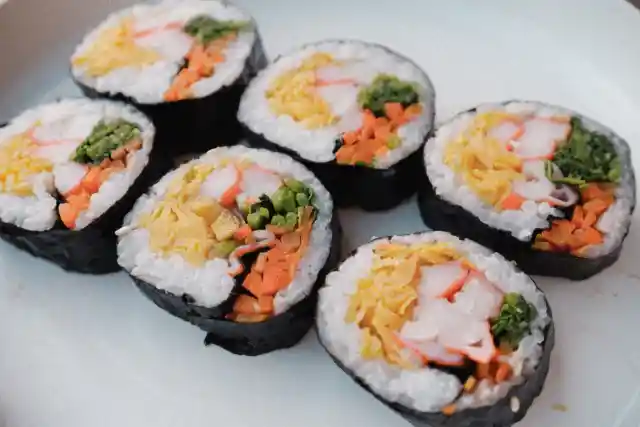

The literal translation of gimbap is "seaweed rice," where gim is toasted seaweed and bap is rice. It is an easy to make snack with no cooking involved. The seaweed paper is used to make gimbap, which is then topped with cooked rice. After that, the Gimbap is rolled up with ingredients such Bulgogi, ham, pickled radish, braised burdock root, egg, carrot, and fishcake.
3. Korean Fried Chicken
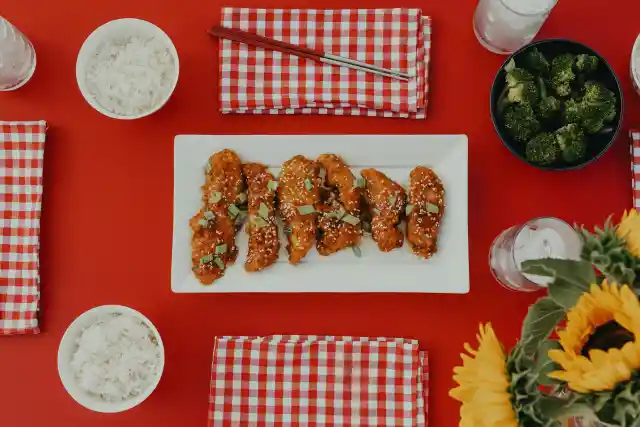

The Asian Financial Crisis of 20 years ago led to the popularity of Korean fried chicken. Even while it cannot be regarded as completely traditional given its popularity today, it is one of the cuisines that visitors must taste. The famous dish known as "chi-maek," which combines beer and chicken, has unquestionably gained popularity as a result of Korean operas. Korean fried chicken's sweet and sour sauce is difficult to resist, especially at night. Fried chicken restaurants frequently sponsor dramas to have their chicken showcased, encouraging viewers to give in to their cravings and place orders as the eating scenes start.
4. Jiggae


Nothing compares to the warmth of a hearty jiggae (stew). Koreans typically eat jiggaes with rice as their main course. Jiggaes come in a wide range of varieties, including budae jiggae (the stew served in the Korean Army), doenjang (soybean), and kimchi jiggae. These jiggaes are a really nutritious supper option because they contain a lot of veggies. According to historical reports, the King would typically get a jjigae or guk (soup) as part of his regal dinners during the Joseon Dynasty.
5. Jajjangmyeon
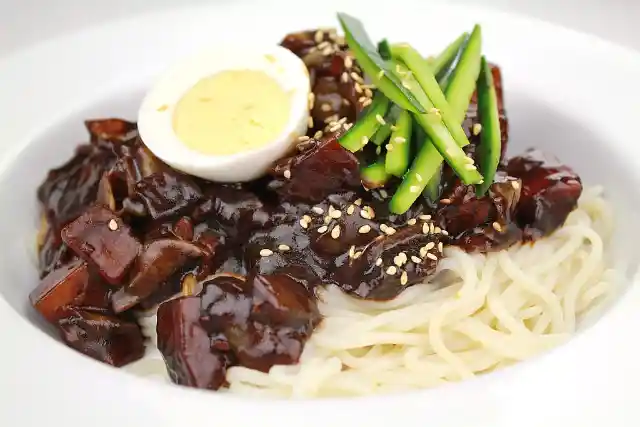

Famous noodles called Jjajangmyeon were initially offered for sale in 1905 at a Chinese restaurant in Incheon. A black sauce composed of minced pork and veggies is poured over the noodles. Other sauce varieties include those for meats and seafood.
6. Samgyupsal
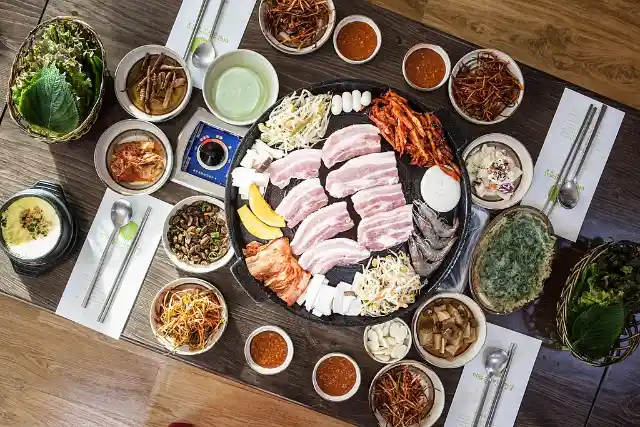

Koreans absolutely love barbecue, and all restaurants have designated areas where you may practice grilling meat and veggies. There are several styles of barbecue that all focus on meat and vegetables, with pork playing the largest role and samgyeopsal, or bacon, being another outstanding star. Korean pork is distinct from American pork because it is raised outdoors and on the ground, is considerably more delicate and flavorful, and is frequently given particular fodder (such as green tea) to further enhance its distinctiveness.
7. Mandu
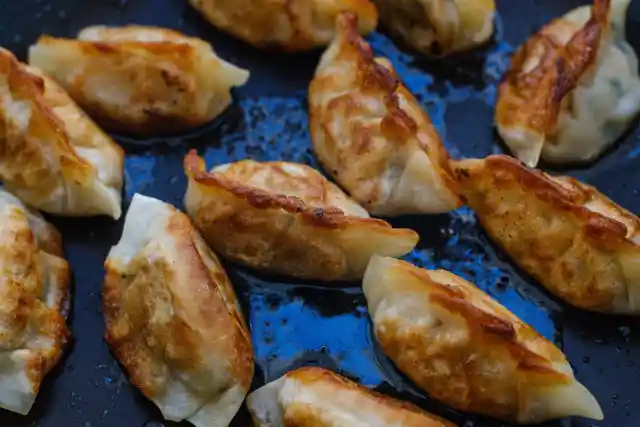

Mandu, or dumplings, are another staple of Korean cuisine. According to some sources, it was one of the Yuan Mongolians' effects on the Goryeo kingdom in the 14th century.
8. Kimchi


Kimchi is a food that is immediately connected to Korea. Traditional Korean side dish called kimchi is made of fermented and salty vegetables. Kimchi first appeared in Korea 3000 years ago, when Koreans preserved and salted food during the chilly winter months. It rose in popularity under the Silla dynasty. Napa cabbage is the most popular vegetable used to produce kimchi. However, other veggies like green onions are also frequently utilized. Gochugaru, spring onions, garlic, ginger, and jeotgal are just a few of the traditional Korean seasonings used.
9. Seaweed Soup

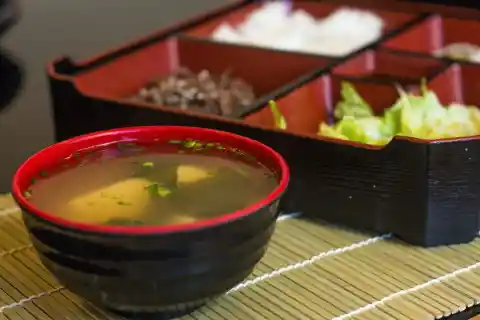
Eating seaweed soup on one's birthday is a distinctive Korean custom, however it may also be included in regular meals. When you consume seaweed soup, you are providing your body with several minerals such as calcium, iron, and iodine.
10. Bungeoppang


When taiyaki was introduced to Korea in the 1930s, it served as the inspiration for bungeoppang. The cuisine of Korea has changed as a result of cultural transformation. The pastry is in a shape of fish with a crisp yet soft yellow covering.